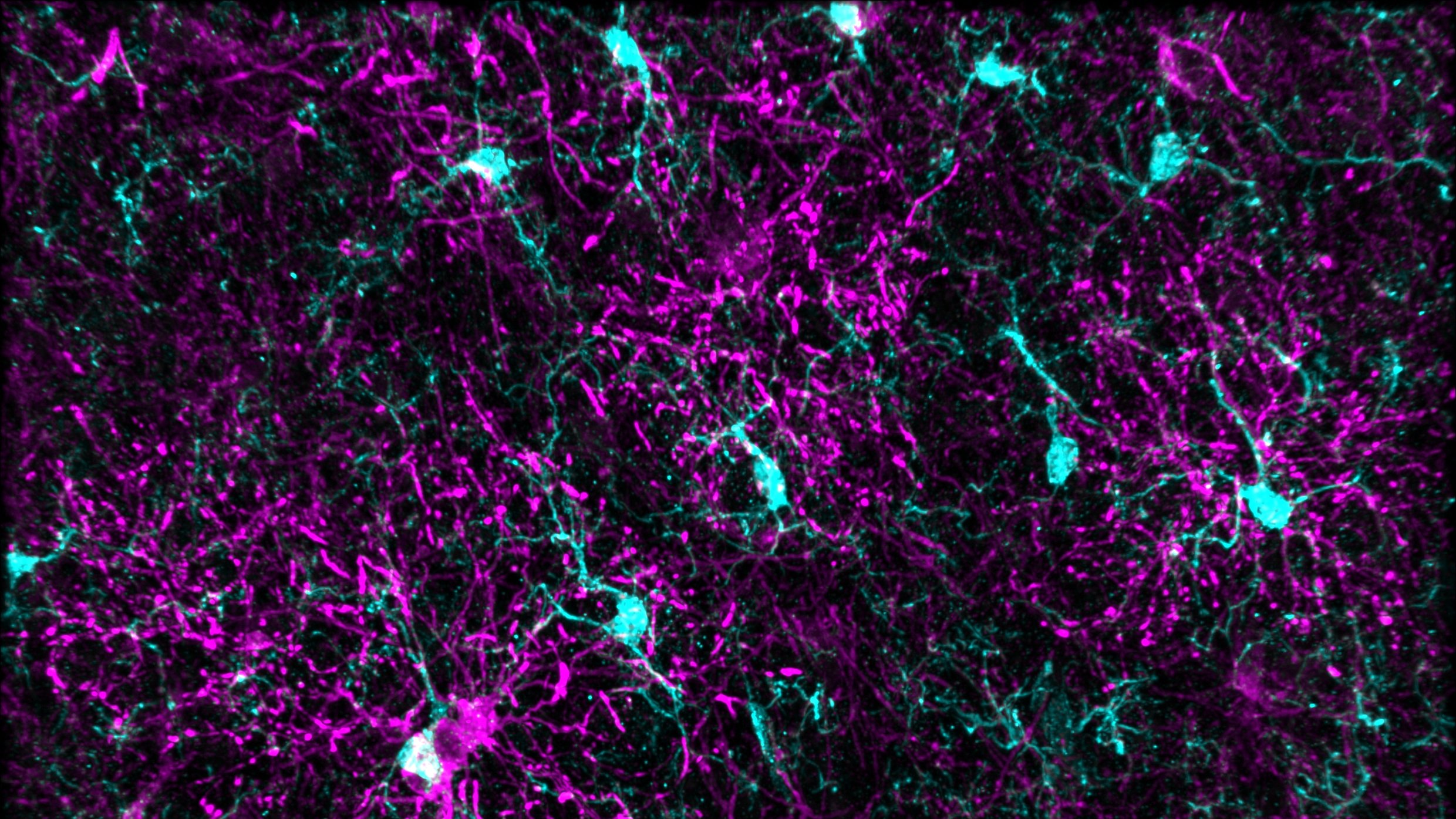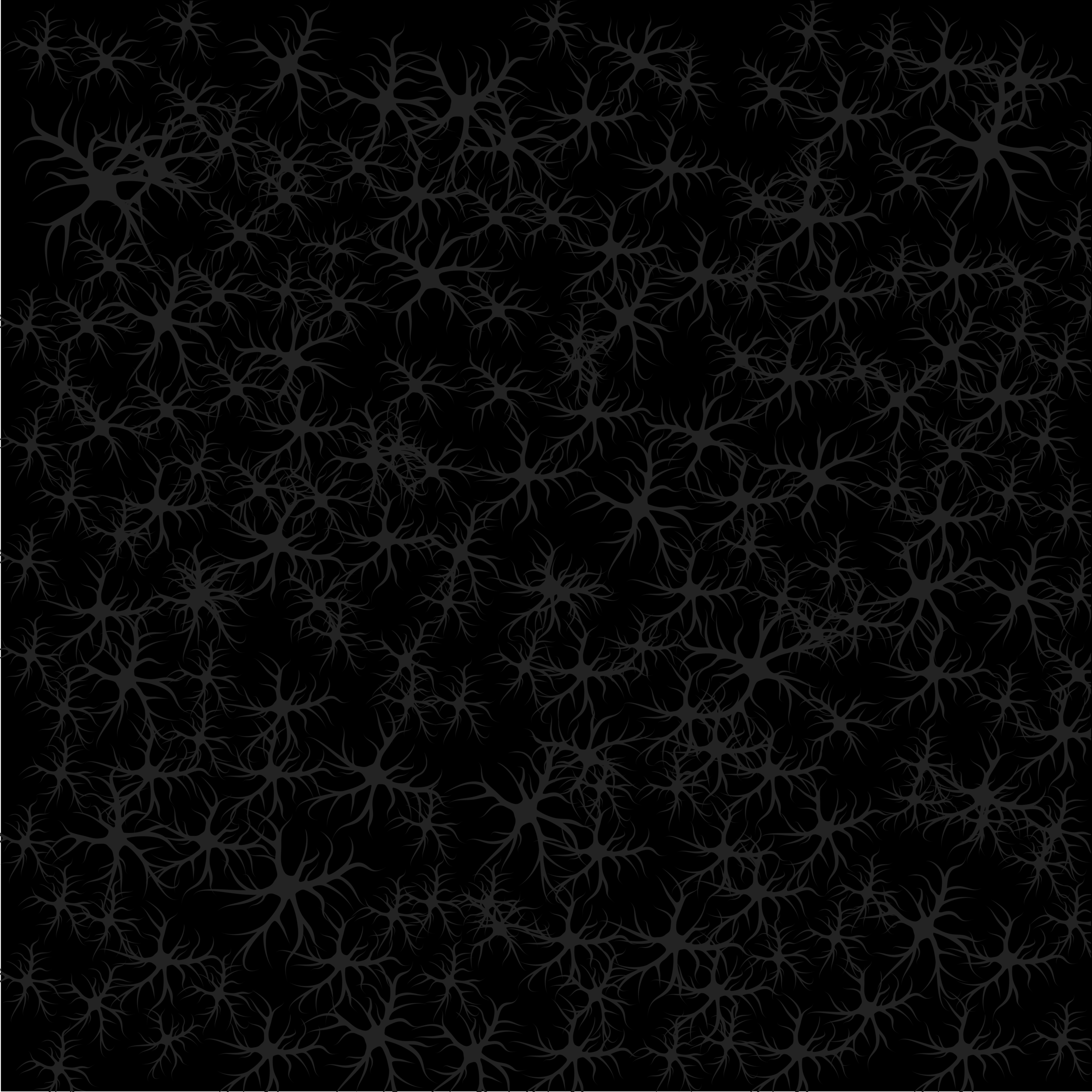
Cheadle Lab
Cold Spring Harbor Laboratory
Howard Hughes Medical Institute
Neuro-immune mechanisms of brain development, plasticity, and function

The mammalian brain is one of the most exquisitely complex networks in the known universe, and its precise connectivity is established through a convergence of genetic and environmental influences (i.e. nature and nurture, respectively). While many of the genetic factors that drive early stages of embryonic brain development are known, we still lack a comprehensive and systematic understanding of the mechanisms through which an organism’s interactions with the world around it – in the form of sensory experience – sculpt neural circuits in the developing brain.
Our laboratory seeks to illuminate the fundamental mechanisms through which sensory experience shapes the connectivity and function of the brain. Toward this end, we place a unique focus on the ways in which environmental cues impinge upon the immune system to drive this process.
We study two classes of immune signals in this context: those deriving from the brain’s resident immune cells, microglia, and those deriving from the remarkable diversity of immune cells in the periphery. We apply a multidisciplinary research strategy to achieve this goal, combining structural and functional techniques (e.g. two-photon live imaging, electrophysiology) with genomics approaches (e.g. single-cell and spatial transcriptomics, chromatin accessibility profiling, and transcription factor-binding assays) to define the nature and functions of neuro-immune interactions in the brain. By applying these strategies to the mouse visual system and the human brain, we seek to expand the field of neuroimmunology into exciting new frontiers and to design novel therapeutic approaches for treating complex disorders of the nervous system.
Two-photon imaging in an awake mouse reveals the dynamics of microglia as they survey visual cortex.
Lucas Cheadle
“I’d love to just deepen our understanding of how different types of cells in the brain work together as a harmonious tapestry of diversity, thinking about how those diverse cells create a very strong structure like the brain, and also thinking about how the diverse people in my lab create the most optimal, productive, creative and positive lab environment that drives basic biological insights from a fundamental level of curiosity.”

Inclusion and Belonging
Priorities for cutting-edge research
We believe that scientific progress thrives when research teams include individuals with a wide range of perspectives, experiences, and ideas. Our lab is committed to fostering a collaborative and supportive environment where all members feel respected, valued, and empowered to contribute. We recognize that historical and ongoing barriers have limited participation in science for many, and we are dedicated to doing our part to ensure that opportunity and excellence are accessible to all.
We welcome inquiries from individuals with diverse life experiences, educational paths, and viewpoints. Please visit the “Positions” tab or contact Dr. Cheadle to learn more about opportunities in our lab.


